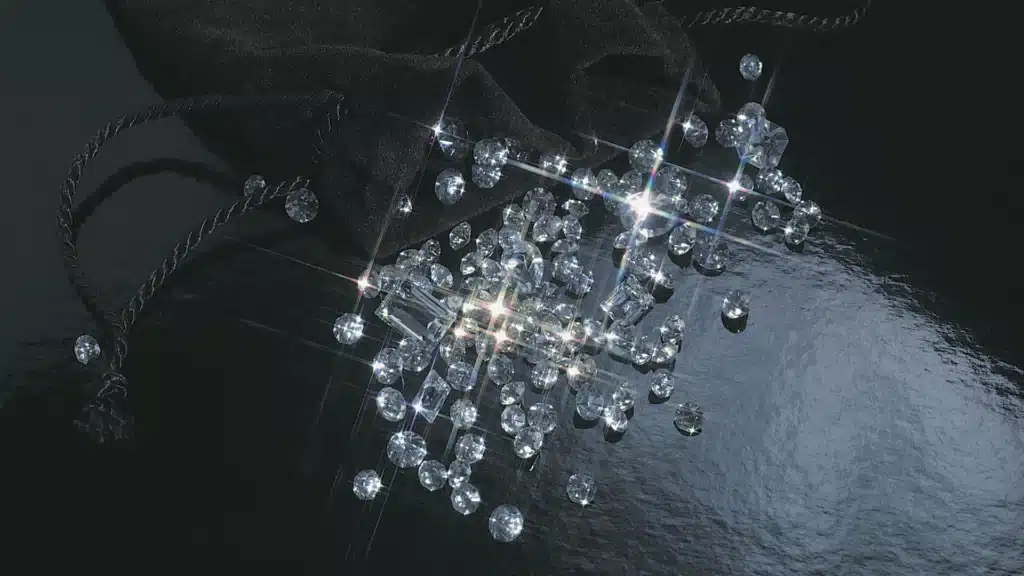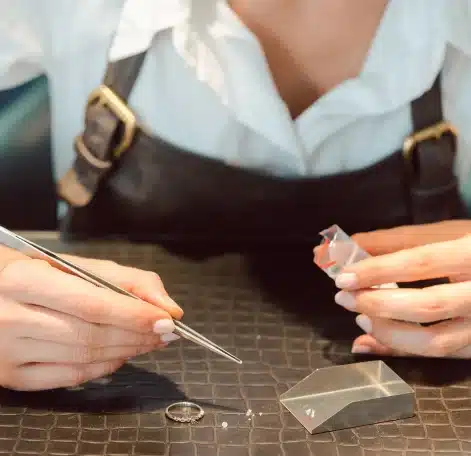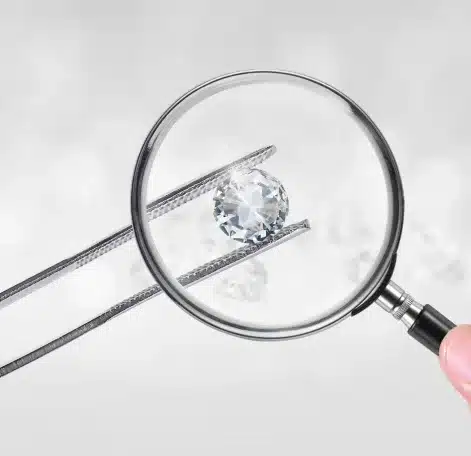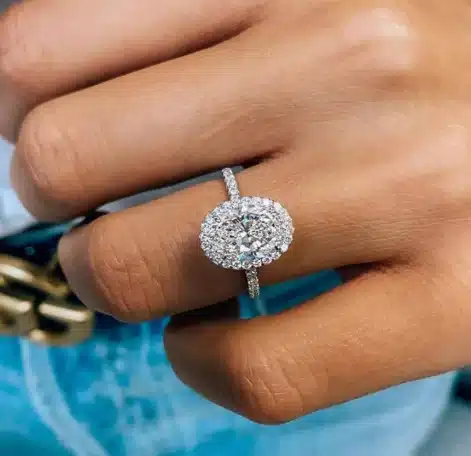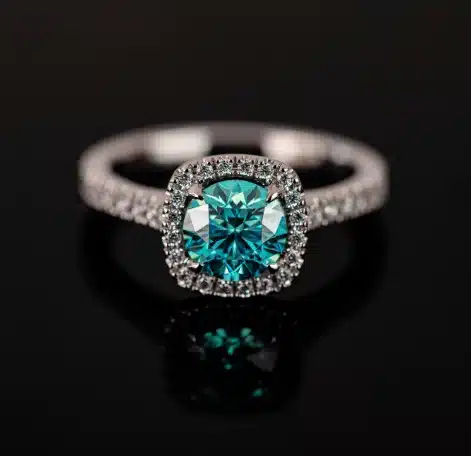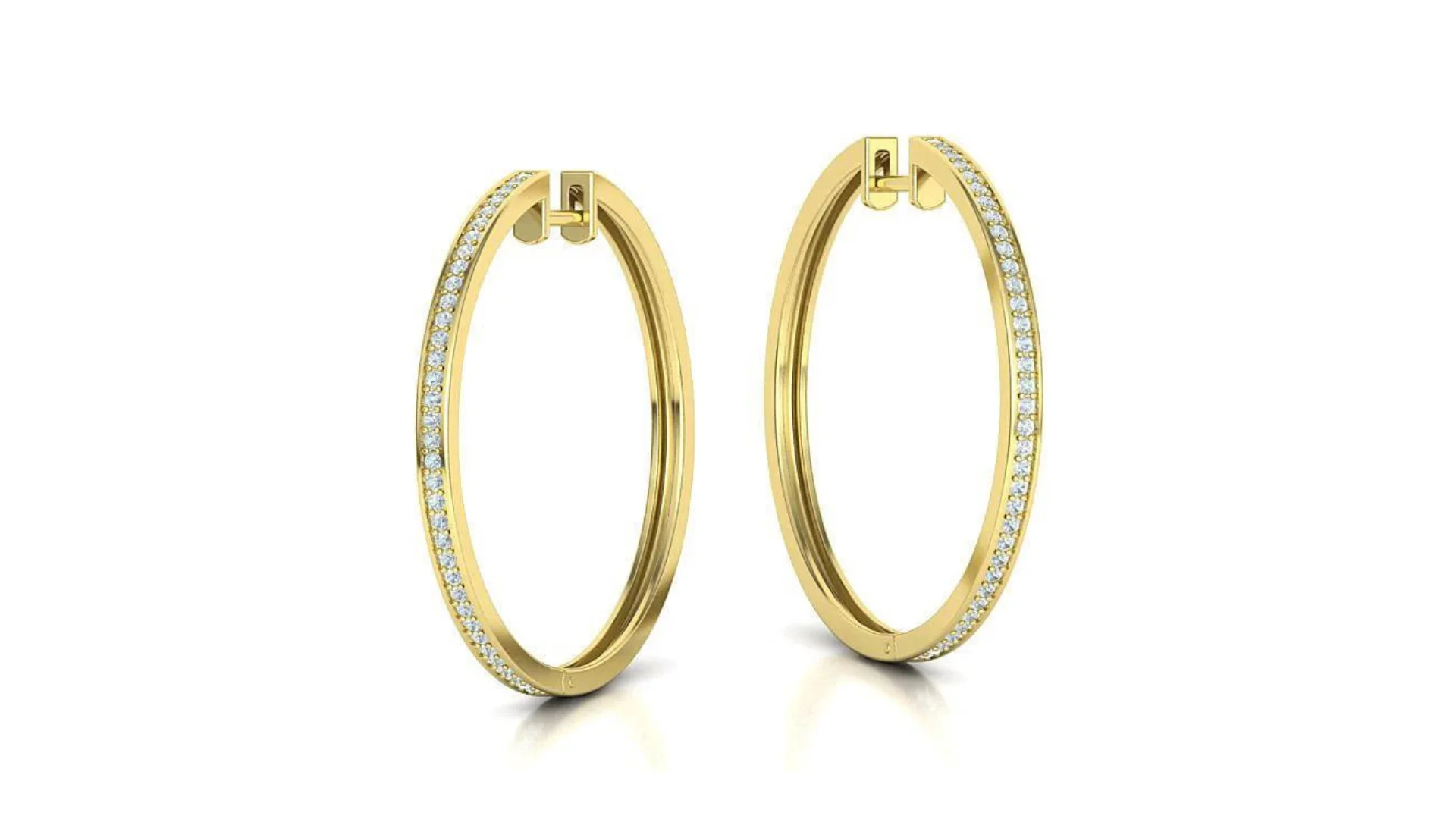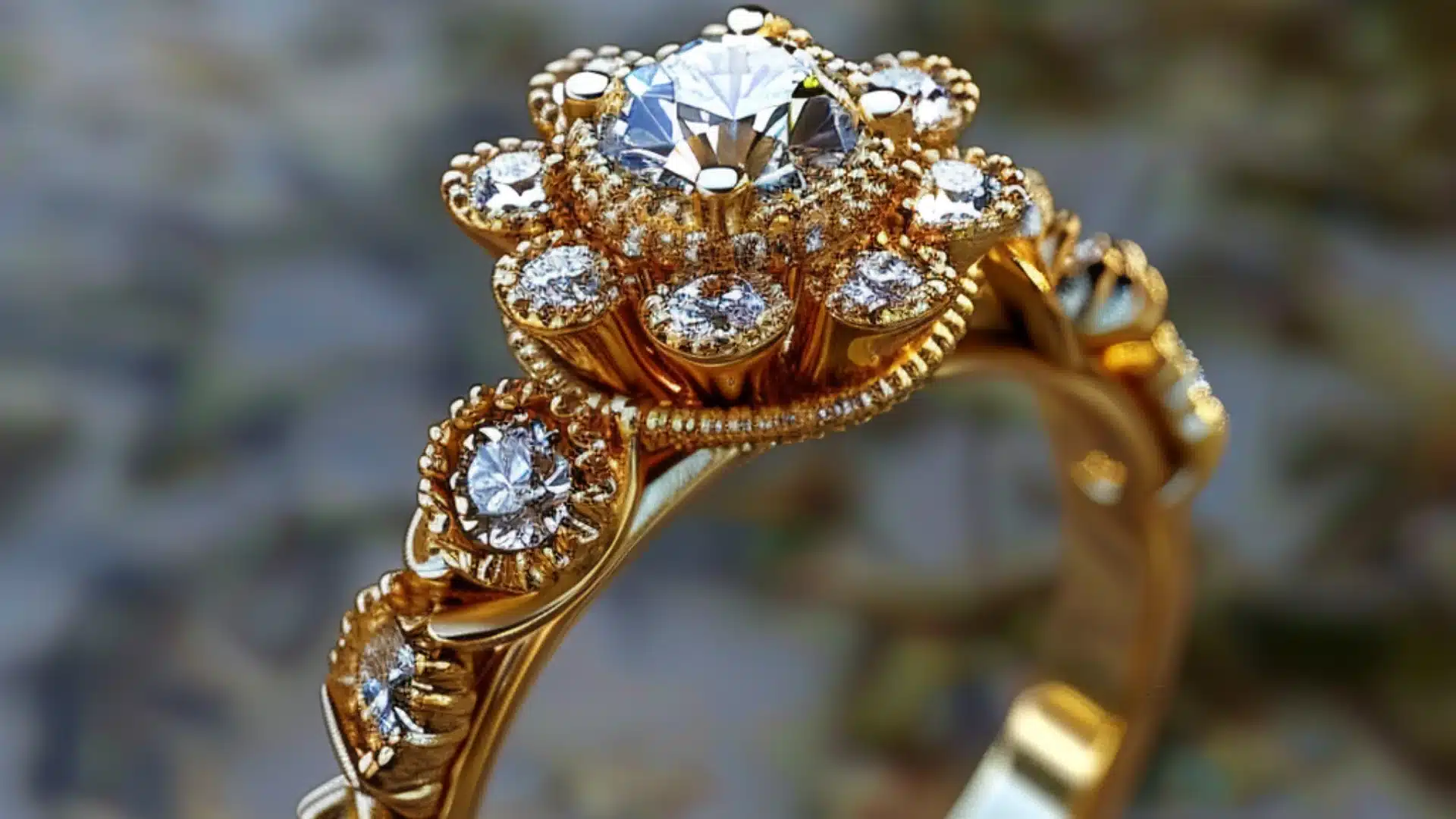Understanding Carat
diamond jewelry
In the world of diamond jewelry, including specialized niches like black diamond jewelry and blue diamond jewelry, the “4 Cs” are a crucial concept that every manufacturer should understand. These four factors—Carat, Cut, Color, and Clarity—determine the quality and value of a diamond. In this blog post, we’ll delve into each of these aspects to provide manufacturers with the essential knowledge they need.
diamond jewelry
Firstly, let’s talk about Carat, the unit of weight for diamonds. One carat equals 0.2 grams. The carat weight significantly influences the price of diamond jewellery. Therefore, it’s vital for manufacturers to accurately measure and report the carat weight. This ensures that customers know exactly what they’re purchasing.
diamond jewelry
Secondly, the Cut refers to how well a diamond has been cut and shaped. A well-cut diamond will reflect light beautifully, adding to the brilliance of diamond jewellery. Manufacturers should pay close attention to the cut, as it can dramatically affect the overall appearance and value of the piece. This is especially true for specialized products like black diamond jewelry, where the cut can make a substantial difference in how the unique color is showcased.
diamond jewelry
Thirdly, Color is another critical factor. While many people think of diamonds as colorless, they can come in various hues, including yellow and brown. Specialty diamonds, like blue diamond jewellery, offer unique color options that are gaining popularity. Manufacturers need to be aware of the grading scale for diamond colors to accurately represent their products.
diamond jewelry
Next, Clarity refers to the presence of internal or external flaws, known as inclusions and blemishes, respectively. The fewer these imperfections, the higher the clarity grade and, consequently, the value of the diamond jewellery. Manufacturers should be transparent about the clarity grade to maintain customer trust.
diamond jewelry
Moreover, it’s essential to understand that the 4 Cs are interconnected. For instance, a higher carat weight might not necessarily make a diamond more valuable if it scores low on clarity and cut. Manufacturers need to consider the balance of all four factors when producing diamond jewellery.
diamond jewelry
Additionally, when it comes to specialty diamonds like black diamond jewellery and blue diamond jewelry, the 4 Cs still apply but may be interpreted differently. For example, the color grading for these specialty diamonds varies from traditional white diamonds, and their unique hues can add extra value.
diamond jewelry
Furthermore, manufacturers have a role in educating retailers and, by extension, consumers about the 4 Cs. This education can help customers make informed decisions and appreciate the craftsmanship that goes into creating exquisite diamond jewellery.
Also, consistent quality assurance checks on the 4 Cs can help manufacturers maintain high standards. This is crucial for building a reputable brand that customers can trust for all their diamond jewellery needs.
Crafting Excellence
diamond jewelry
In summary, understanding the 4 Cs—Carat, Cut, Color, and Clarity—is crucial for any manufacturer in the diamond jewellery industry. Whether you’re producing classic white diamonds or venturing into the realm of black diamond jewellery and blue diamond jewellery, these four factors will always be the cornerstone of quality and value. Armed with this knowledge, manufacturers can produce pieces that not only meet but exceed customer expectations.
